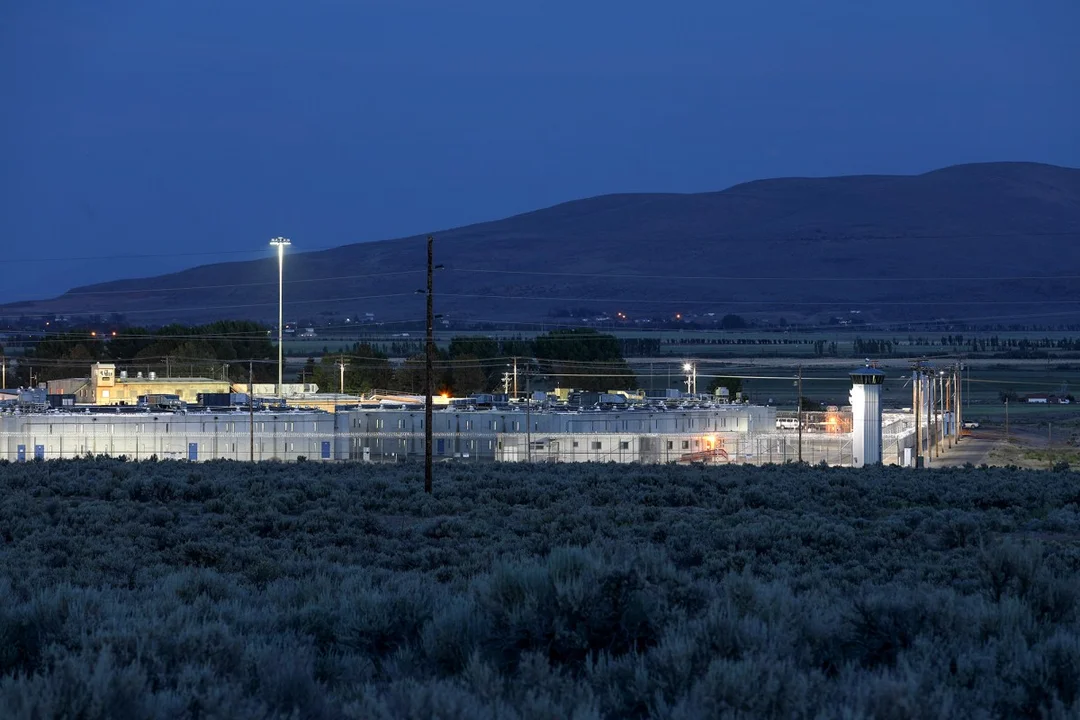
Will California’s Latest Prison Closure Plan Spark a Budget Revolution?
In a bold move amid California's ongoing budget challenges, Governor Gavin Newsom has proposed shutting down another state prison by October 2026, potentially saving the state $150 million annually. This development highlights the delicate balance between fiscal responsibility and public safety, as the state grapples with a $12 billion deficit.
The proposal builds on Newsom's track record, having already closed four prisons since taking office in 2019. According to his revised budget, this closure would alleviate financial strain despite a temporary uptick in prison population from the recently passed Proposition 36, which imposes stricter sentencing for certain crimes. Newsom emphasizes that while short-term increases are expected, the overall prison population is projected to decline long-term, allowing for such cost-saving measures.
Advocates like Amber-Rose Howard, executive director of Californians United for a Responsible Budget, have praised the announcement as a "step in the right direction." Howard argues that in times of budget cuts to essential programs, redirecting funds from underutilized prisons could support vital services like mental health and housing. A recent audit by California's Office of the Inspector General further underscores the need for change, revealing that many facilities are ill-prepared for climate disasters and represent costly liabilities in their current "warm shutdown" state, where they remain partially operational despite being empty.

Comparisons to past closures, such as the Deuel Vocational Institution in 2021 and the California Correctional Center in 2023, show a pattern of strategic downsizing. These moves have already saved the state billions by 2027, according to Newsom's projections. However, critics point out potential economic impacts on local communities, like Blythe, where residents fought to keep facilities open. The California Department of Corrections and Rehabilitation is evaluating closures based on factors such as facility age, location, and community effects, ensuring support for affected workers through transfers and economic plans.
This decision reflects broader trends in criminal justice reform, where declining incarceration rates—down from a peak of 165,000 inmates in 2006 to about 91,000 today—signal a shift toward more efficient resource allocation. Experts from the Legislative Analyst's Office suggest that additional closures could save up to $1 billion annually, but Newsom's cautious approach prioritizes sustainability over rapid change. As Howard noted, "We've got to be smart on public safety and continue striving toward a responsible budget."
In summary, Newsom's prison closure plan not only addresses immediate fiscal woes but also raises questions about the future of California's justice system. Will this lead to more reforms or spark debates on community reinvestment? As the state moves forward, the potential for reallocating savings to social programs offers a glimmer of hope for vulnerable residents.
What do you think about this bold budget strategy? Share your views in the comments below and help us explore how these changes could reshape California's future.